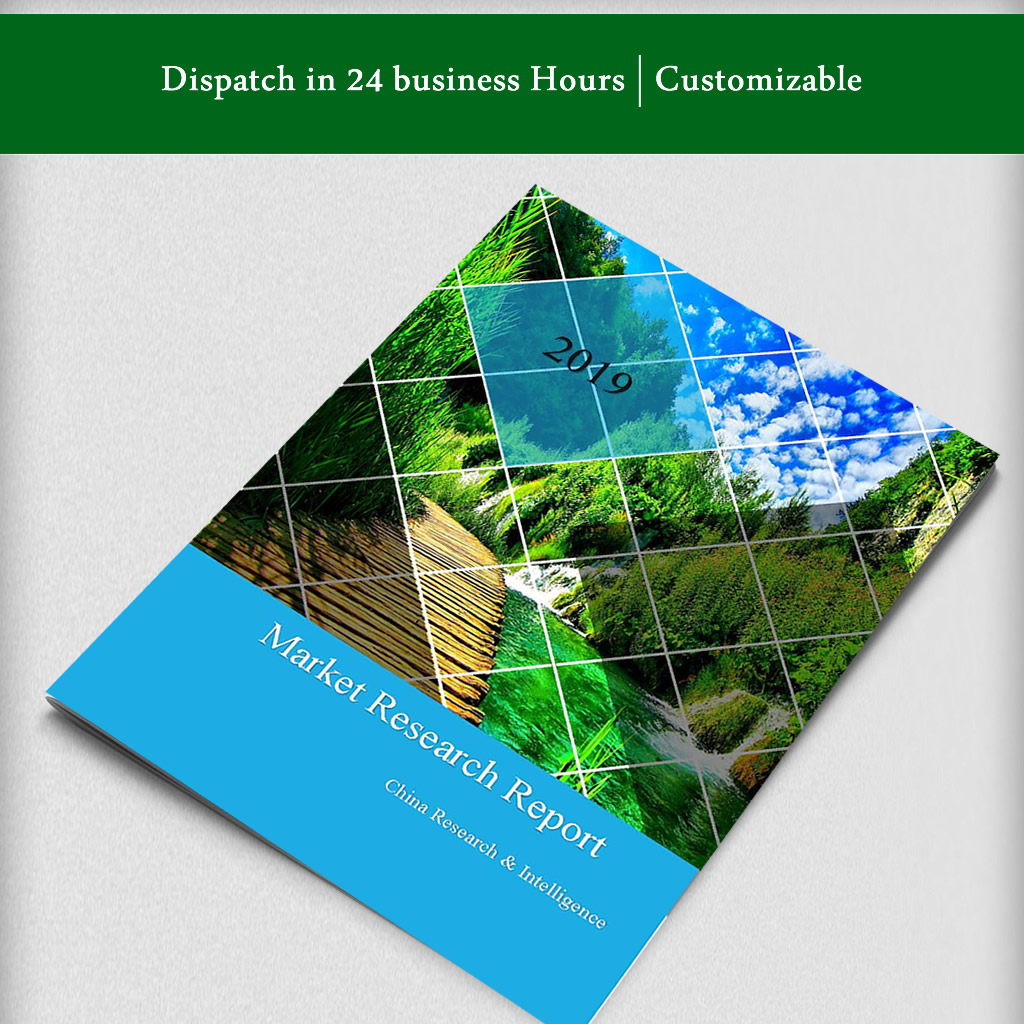Description
Description
In 2017, the sales volume of new energy vehicles totaled 777,000 units, increasing by 53.3% YOY and accounting for 2.7% of the total vehicle sales in China. As the new energy vehicle market expands rapidly, lithium-ion batteries, especially lithium-ion power batteries, has also seen exponential growth in China.
Critical to the performance of lithium-ion batteries, cathode materials are the major sources of the lithium ion in commercial lithium-ion batteries. Their performance and prices have a great impact on lithium-ion batteries.
By chemical composition, lithium battery cathode materials are classified into lithium cobalt oxide (LCO), lithium iron phosphate (LFP), lithium manganese oxide (LMO) and ternary materials including lithium nickel cobalt manganese oxide (NCM) and lithium nickel cobalt aluminum oxide (NCA).
According to CRI’s analysis, cathode materials have different applications in China. The direct consumers of lithium battery cathode materials are lithium battery manufacturers. With distinctive advantages and disadvantages, LCO, LMO, LFP and ternary materials are applied in different downstream industries. LMO and LCO are mainly used in the batteries for consumer electronics while ternary materials and LFP are mainly used in the power batteries for new energy vehicles including electric vehicles.
CRI’s market survey shows that LCO, LFP and ternary materials are the mainstream of the cathode materials in China. LMO has good cycle performance and rate discharge performance at normal temperature but it has poor high-temperature performance. Therefore, LMO is mostly used in mobile phones, tablet computers and other digital products but seldom used in power batteries. Because of high technical barriers, the production capacity of NCA concentrates in Japan and South Korea. NCA sees little production and application in China though it is known for the electric vehicles of Tesla. The mainstream ternary material in China is NCM.
According to CRI’s analysis, China’s lithium battery cathode material market is highly concentrated. In 2017, the top 10 manufacturers of lithium battery cathode materials contributed more than 60% production volume in total. Hunan Shanshan Energy Technology Co., Ltd., GEM Co., Ltd., BTR New Energy Materials Inc. and Xiamen Tungsten Co., Ltd. have great advantages on the market.
According to CRI’s market survey, with the development of the cathode material market, the demand for raw materials such as lithium carbonate, nickel, cobalt and manganese has been growing. As a result, the prices of these raw materials showed an upward trend from 2013 to 2018. For example, the prices of cobalt rose from about 204,000 CNY/ton in 2013 to 535,800 CNY/ton in 2018. However, the prices of cathode materials showed different trends. From 2013 to 2018, the prices of NCM, LCO and LMO all increased except that the prices of LFP decreased.
If the sales volume of new energy vehicles in China exceeds 2 million units in 2020 and 5 million units in 2025 as planned by the Chinese government, China’s cathode material market will maintain rapid growth from 2019 to 2025.
Topics Covered:
– Development environment of China’s lithium battery cathode material industry
– Supply of and demand for lithium battery cathode materials in China
– Competition in China’s lithium battery cathode material industry
– Development of LFP, LCO, LMO, NCM and NCA in China
– Major factors influencing development of China’s lithium battery cathode material industry
– Prospect of China’s lithium battery cathode material industry from 2019 to 2023


